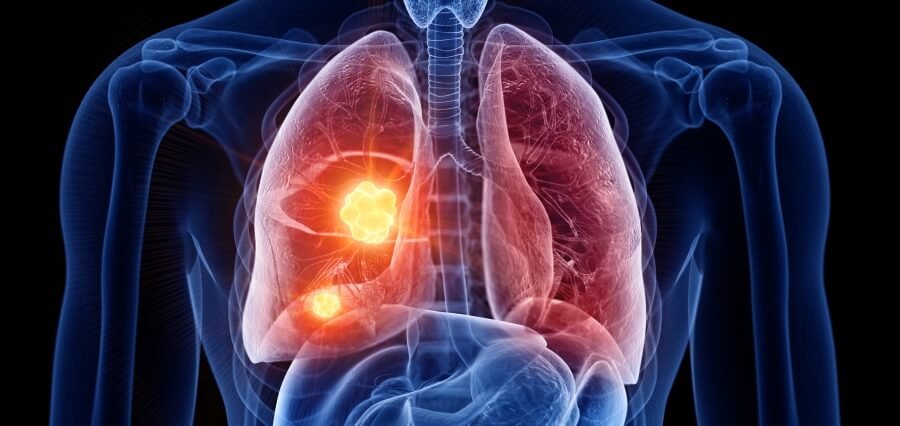Key Highlights:
- Rising Cases of Lung Cancer in Non-smokers, a concern
- Experts identify Pollution Being the Major Cause
- Harmful chemicals and microscopic particles damage lungs
Lung cancer is ominously on the rise, even among non-smokers, and this has raised a concern and a need for a greater understanding. Even though smoking was still a major risk factor, research points to the major culprit of air pollution in this disturbing trend. A report recently published in “The Lancet Respiratory Medicine Journal” revealed the increasing incidence of lung cancer in individuals who have never smoked, raising urgent questions about preventive measures.
This has been enlightened by Dr. Amit Upadhyay, Senior Consultant Hematologist and Oncologist, PSRI Hospital, New Delhi. According to him, the microscopically tiny particulate matter laden with harmful chemicals through emissions from vehicles and industrial discharges damage the lungs. Inhaling such particles irritates the surface of the lung and reaches inside to the lung tissue and might eventually lead to cancer.
A global analysis conducted by the International Agency for Research on Cancer affiliated with the World Health Organisation with other organizations supports this fact with data from the Global Cancer Observatory. According to their analysis, lung cancer, mainly adenocarcinoma of the mucus-producing glands of the lungs, is the most common type in both men and women worldwide. A majority worldwide-that is to say, between 53 and 70 percent-occur among never smokers. Moreover, even though the prevalence of smoking has declined in many countries, the proportion of lung cancer cases diagnosed in non-smokers has been constantly increasing.
Besides air pollution, other factors risk lung cancer in non-smokers. Exposure to certain chemicals, such as radon gas and benzene-based compounds, could increase the risk. These substances can enter the body when inhaled and are administered in the bloodstream, increasing the possibility of other cancers as well. Understanding these various causes is crucial to develop effective prevention strategies. This increasing incidence of lung cancer among nonsmokers underlines the need for public health intervention plans to reduce air pollution and raise awareness regarding other risk factors.










